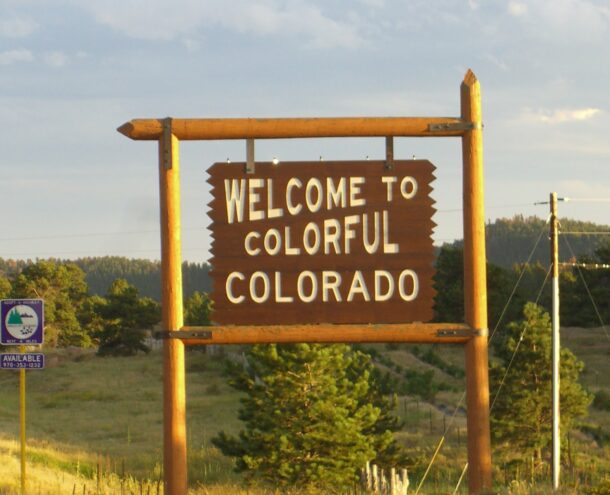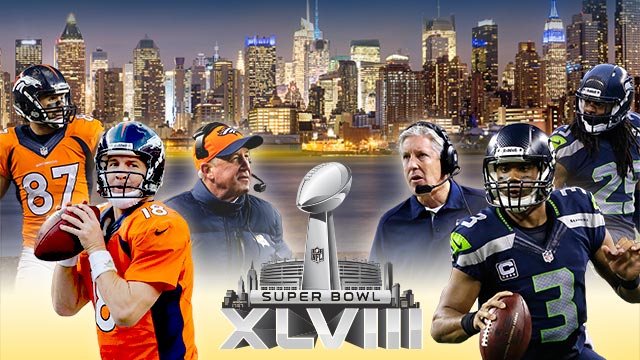Broncos Super Bowl and Colorado Tourism

In Part One of this two part series, Gabriel Cohen, Monigle’s Chief Marketing Officer, discusses the impact of the Denver Broncos’ Super Bowl berth on tourism branding and marketing.
Super Bowl and Tourism
It’s not often that Colorado gets the national coverage, and the world’s attention, that a Super Bowl berth brings. The two weeks between the NFL Conference Championships and the game that will decide who takes home the Vince Lombardi trophy are a bit like the lead-up to an election.
Journalists with column inches to fill look to cover Super Bowl related stories from every possible angle, and not just in the back pages. Some of these stories travel down well-trodden paths. You can be sure that there will be plenty of projections on the economic benefits afforded to the host city ― East Rutherford, New Jersey, and the greater New York area ― or on which advertisers will dominate the marketing wars.
But, as a Denverites and Coloradans, it’s only natural that our sense of pride would lead us to look at the potential impact on our beloved city and state, and how they are perceived by the country and world as a result of the Super Bowl coverage.
Place Branding
Have you ever thought about how you chose your most recent vacation destination? Chances are there is somebody in charge of marketing that city, region or country; driving more people to choose that location for their next vacation. Convincing people to travel to Italy is easier than ingesting too many calories in a Tuscan trattoria. But for most place marketing executives, building a brand that drives longer tourism lines is a tough task.
Place marketers don’t control any of the product―they just control the marketing or image. The thousands of organizations and individuals including hotels, airlines and restaurants, deliver the experience. This means that place marketers have to convince and cajole others to get on message, otherwise the connection between the brand promise and the experience is quickly lost. It only takes one bad street taco to radically alter your perception of a Mexican beach getaway.
It’s not just the hospitality business that can ruin an experience. The populace can have a negative impact as well. Recognizing that Parisian snootiness towards tourists was causing romanticists to look for other vacation spots―a decrease of a couple of percentage point drops on 29 million annual visitors is worth quite a lot more than a few entry fees to the Louvre―the people responsible for the Paris Tourism Board recently embarked on a campaign called Do You Speak Touriste to encourage Parisians to be nicer to tourists.
Meanwhile, the incredible pace of development in countries around the world, and the general state of world peace in which we live in today as compared to the previous centuries, means that the sheer number of places we can visit has grown exponentially. From Madrid to Malawi, the number of choices for travelers is almost infinite. As with any market that presents consumers lots of choices, marketers face the challenge of getting their message to break out amidst a cacophony of place-brand noise. This has forced marketers to uncover very specific insights about the audiences they want to attract, and to create partnerships and campaigns that work diligently to reach them. The day-to-day rigor can help move the needle a touch, but every so often a place marketer’s dreams are realized with a bolt out of the blue.
The Major Event Bonanza for Place Branding
Bonanza time arrives when a city and country receives the rights to a major event like the Olympics, NFL Super Bowl or the FIFA World Cup, some of the biggest sporting events in the world. Tourism organizations dramatically increase their investments to take advantage of a once-in-a-generation opportunity as the world’s spotlight shines on their city ― expect to see a Visit Russia campaign on a screen or billboard somewhere near you soon, if you haven’t already. These events work to reinforce clichés and common misperceptions about a destination or they can act as the catalyst to remake a destination’s image.
Although it’s no easy task, reshaping a destination’s image can be done. When Vancouver was awarded the 2010 Olympic Winter Games, the Canadian Tourism Commission (CTC) jumped at the opportunity to re-launch its brand and escape the shackles of the 3 Ms: Mounties, Mountains and Moose. Prior to this opportunity, the 3Ms dominated external perceptions of Canada, which translated to less-than-robust tourism numbers. The CTC launched the Keep Exploring brand positioning in 2006 with the buy-in of the major players responsible for delivering tourism experiences in Canada. The united effort led Lonely Planet to recognize Canada as one of the top ten countries to visit in both 2012 and 2013.
The Super Bowl represents the biggest sporting event that takes place in America. And, while New Jersey and New York’s marketing teams have had ample time to plan for the event, what of Denver and Seattle, whose teams are being represented?
A cynic might, quite rightly, point out that Baltimore winning the Super Bowl in 2012 did not lead to lines around the block leading to Edgar Allan Poe House, but there are still things that Denver and Colorado’s tourism heads can do to maximize the halo effect of the Broncos on-field success.
Stayed tuned for Part Two in this series.
Gabriel Cohen has experience working with both large and small tourism brands. His doomed one-man campaign to make cricket an Olympic sport may help you guess that in addition to being our CMO, he is also our resident Brit.

